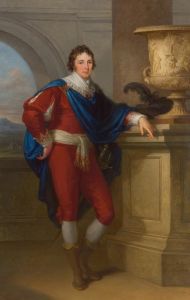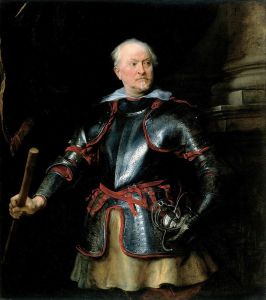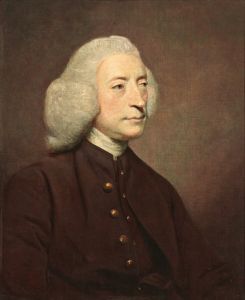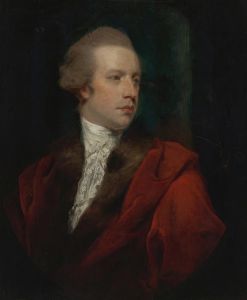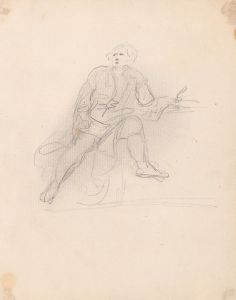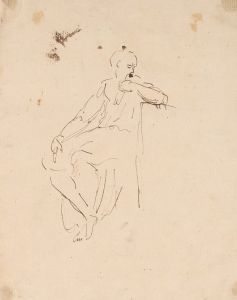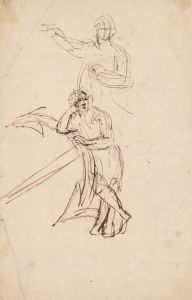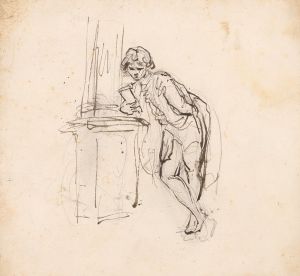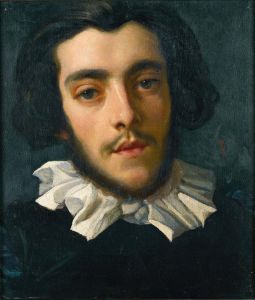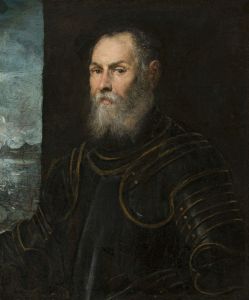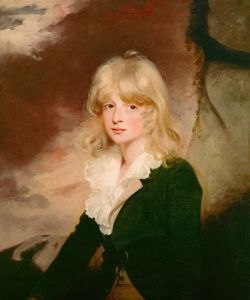
Captain George K. H. Coussmaker
A hand-painted replica of Sir Joshua Reynolds’s masterpiece Captain George K. H. Coussmaker, meticulously crafted by professional artists to capture the true essence of the original. Each piece is created with museum-quality canvas and rare mineral pigments, carefully painted by experienced artists with delicate brushstrokes and rich, layered colors to perfectly recreate the texture of the original artwork. Unlike machine-printed reproductions, this hand-painted version brings the painting to life, infused with the artist’s emotions and skill in every stroke. Whether for personal collection or home decoration, it instantly elevates the artistic atmosphere of any space.
"Captain George K. H. Coussmaker" is an oil painting created by Sir Joshua Reynolds, a prominent 18th-century British portrait artist and the first president of the Royal Academy of Arts. The painting, completed in 1782, depicts Captain George Keppel Huntley Coussmaker, an officer in the British Army. Reynolds was renowned for his ability to capture the character and status of his sitters, and this portrait is a notable example of his work.
The subject of the painting, Captain Coussmaker, was born in 1759 and served as an officer in the British Army during a period of significant military and political activity, including the American Revolutionary War. At the time of the portrait's creation, Coussmaker held the rank of captain in the 1st Regiment of Foot Guards, a prestigious unit in the British Army. He later achieved the rank of lieutenant colonel before retiring from military service.
In the portrait, Captain Coussmaker is depicted in full military uniform, emphasizing his role as a soldier and his social standing. Reynolds employed his characteristic use of light and shadow to create a sense of depth and drama, while the sitter's pose conveys both confidence and refinement. The background of the painting includes a landscape, a common feature in Reynolds's portraits, which adds a sense of grandeur and timelessness to the composition.
Reynolds's technique in this painting demonstrates his mastery of texture and detail, particularly in the rendering of the uniform and the sitter's facial expression. The artist's use of rich, warm tones and his attention to the play of light on fabric and skin contribute to the overall impact of the work.
The painting is part of the collection of The Metropolitan Museum of Art in New York City, where it has been held since 1888. It was acquired as part of the museum's efforts to build a comprehensive collection of European art. Today, it remains an important example of Reynolds's portraiture and provides insight into the fashion, military culture, and artistic practices of late 18th-century Britain.
This portrait is widely regarded as a testament to Reynolds's ability to combine technical skill with a deep understanding of his subjects, making it a significant work in the history of British art.





